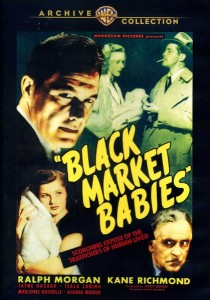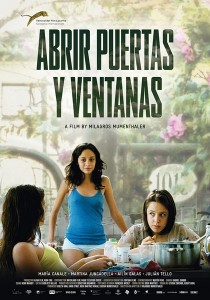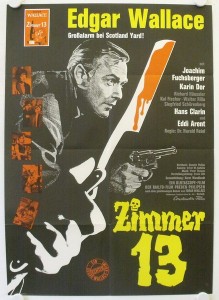
Luana (a female Tarzan) who was lost in the jungle as a child when her parent’s helicopter crashes. two goofy tourists who manage to get lost in the jungle, chased by cannibals rescued by Luana.
Read More »
Monthly Archives: January 2015
Black Market Babies (1945) William Beaudine, Ralph Morgan, Kane Richmond, Jayne Hazard

This George Morris story was based on an article that appeared in “Woman’s Home Companion” and later reprinted in “Reader’s Digest.” Eddie Condon, a two-bit racketeer, teams up with an alcoholic doctor, Judson, to set up a maternity home with free facilities to expectant mothers, with the proviso that the women sign away all rights to their newborns. The babies are then offered for adaptation to couples willing to make a substantial “contribution” to the home. Things go well for this borderline within-the-law business until a baby is still-born. Conden had already sold the baby for $5,000 and has no intention of returning the money, so he substitutes the child of the sister of his wife. There is a slip-up on the filing of the certificates and the District Attorney’s office gets involved.
Read More »
Abrir puertas y ventanas / Open Doors, Open Windows (2011) Milagros Mumenthaler, María Canale, Martina Juncadella, Ailín Salas

Buenos Aires at the end of summer. Marina, Sofia and Violeta are alone in the family home after their grandmother, who had brought them up, has died. They have to come to terms with her death, each in her own way. Marina concentrates on her studies while looking after the household, whereas Sofia becomes obsessed by her appearance and goes out with friends. As for Violeta, she wanders around between bedroom and sitting room where, from time to time, she receives an older man. Discord, laughter, meanness, gestures of affection determine the rhythm of this period of uncertainty, until one day in autumn Violeta disappears without warning…
Read More »
American Kickboxer (1991) Frans Nel, John Barrett, Keith Vitali, Terry Norton

Kickboxing champion B.J. is jailed for an accidental murder thanks to the testimony of his arch-nemesis Denard. A year later, B.J. is released and then challenged by Denard for $100,000. Will B.J. accept and get even with Denard?
Read More »
Air Doll / Kûki ningyô (2009) Hirokazu Koreeda, Doona Bae, Arata Iura, Itsuji Itao

Middle-aged Hideo lives alone with an inflatable doll he calls Nozomi. The doll is his closest companion. He dresses it up, talks to it over dinner, and has sexual intercourse with it. However, unbeknown to Hideo, Nozomi was created with a heart…
Read More »
Zimmer 13 / Room 13 (1964) Harald Reinl, Joachim Fuchsberger, Karin Dor, Richard Häussler

A serial-killer is murdering the ladies of a night club. Detective Gray is seeking for the killer but can only find a lot of gangsters. And the killer is about to act again…
Read More »
Hebi no michi / Serpent’s Path (1998) Shô Aikawa, Teruyuki Kagawa, Shiro Shitamoto, Kiyoshi Kurosawa

Serpent’s Path and its companion piece Eyes of the Spider (Kumo No Hitomi) both start from the same premise: a man taking revenge for the murder of a child. Kurosawa used this premise as the jumping-off point for the two films rather than their definition, resulting in a pair of works which are not so much occupied with revenge, but with the mental processes of human beings in situations that have placed them outside everyday life.
Read More »